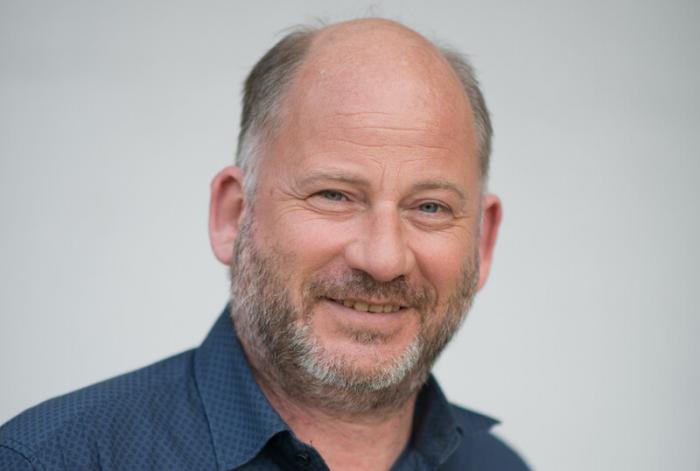Nanobodies, our legacy

In 1989, the lab of Professor Raymond Hamers from VUB discovered - by serendipity - a new type of antibody in the blood of a dromedary. This camelid antibody was smaller and simpler than the conventional ones found in mice and human.
Former VIB researcher Serge Muyldermans further simplified their structure into single domain antibodies, the so-called VHHs or Nanobodies®. The unique structure and stability of such VHHs make it possible to pursue targets that are typically difficult to reach with conventional antibodies. VIB has catalyzed the use of VHHs as research tools in biotechnology and started to explore VHHs as marketable products in medicine and crop protection.

Furthermore, the ongoing research of Jan Steyaert’s lab (VIB-VUB) continuously contributes to technological innovations in the VHH field.
These developments have sparked multiple collaborations with other institutes and industry players. So far, the success of these tiny antibody fragments has given rise to five VIB spin-offs: Ablynx (2001), Biotalys (2013, former AgroSavfe), Confo Therapeutics (2015), ExeVir Bio (2020) and Animab (2020).

Ablynx, now a Sanofi company, is focused on the discovery and development of Nanobodies® as therapeutics for a range of life-threatening human diseases. The company currently has more than 40 drugs in the pipeline and launched the first Nanobody®-based medicine in 2018: caplacizumab to treat aTTP, a rare blood-clotting disorder. Ablynx’s successful track record convinced Sanofi to acquire the Ghent-based company in 2018 for 3.9 B€.
Biotalys explores the potential of VHHs (fittingly named Agrobodies®) to control plant diseases in agriculture. Their biological crop protection products can contribute to improved and more sustainable agricultural production.
Confo Therapeutics is building a portfolio of first-in-class programs based on its proprietary Confo® technology. This technology makes use of VHHs named ConfoBodies™ to stabilize G-protein coupled receptors (GPCRs) in a particular conformation of interest as a superior starting point for drug discovery.
The VHH technology continues to be the subject of intensive research at VIB and is available to academic and commercial partners through VIB’s Core Facilities.
